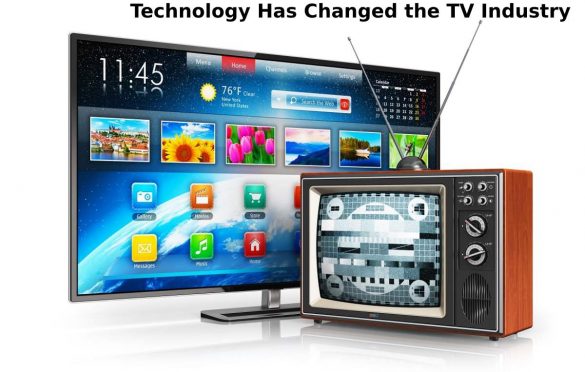
Ways Technology Has Changed the TV Industry
Technology Has Changed the TV Industry – American television looks drastically different from the way it did 50 years ago. Back then, there was just a handful of television networks and they had a stranglehold on the industry. If you wanted to broadcast something, you had to go through one of the gatekeepers. In the 1960s, that meant going through one of the big three television networks, ABC, CBS, or NBC. But the introduction of cable TV and later streaming via the internet completely changed things. Today, there is more of an equal playing field with hundreds of platforms vying for viewers.
Table of Contents
More Networks
In the early days of television, the chances that you and your neighbor had watched the same program the night before were relatively high for the simple reason that there were only three television networks. But in the latter part of the 20th century, networks like Fox, UPN, and the WB made appearances. UPN and the WB eventually became the CW, but the winds of change were blowing.
Fox is considered the only true competitor to the big three. In fact, today it’s more like the big four when Fox is brought into the mix. PBS, which began in the 1970s, is a noncommercial broadcasting company, so it’s not really in competition with commercial networks.
Cable TV Opened the Door

Cable TV, which basically refers to television signals delivered through cables, dates back to the 1940s. But it didn’t really take off and become popular until around the 1980s. Although customers were required to pay for the service, this was still another option if they didn’t want to be limited to the big three. HBO was one of the most prestigious cable networks in the early days with its lineup of movies, but other networks followed.
Americans also received more diverse programming through cable television. Because cable television isn’t regulated the same as network television, cable providers were able to deliver edgier programming to customers.
The Arrival of Digital TV
The arrival of digital television in 2009 led to the television industry opening up to even more players. Television stations now had the option of airing additional programming through digital subchannels. A number of new commercial networks airing specialty programming such as movies and reruns of TV classics also began popping up. Free-to-air networks in the U.S. are divided into five categories:
- Commercial networks
- Spanish-language networks
- Educational (noncommercial) networks
- Religious broadcast networks
- Shopping networks
Internet TV Set to Dethrone Cable
The internet is known to have disrupted several industries, and the television industry has arguably experienced the most disruption as a result of the Internet. The ability to watch programs via the Internet has in many ways changed the concept of watching TV. For example, if someone streams a YouTube video through their television set are they still watching TV?
Today, people can watch an incredible variety of programming via the internet and available apps. The result is that cable TV looks dated and network TV looks downright old-fashioned. Still, many television and cable networks have branched out to provide customers with streaming options.
Internet TV Is Here to Stay
With the arrival of the internet and the popularity of sites like Instagram that offer to stream, many believe that it’s only a matter of time before cable TV and even networks go the way of the dodo. Of course, they can live on in the context of streaming, but because anyone can literally broadcast themselves today, the old ideas about what broadcasting is are probably changed forever.
Consider this: People around the globe now watch more than one billion hours of YouTube videos per day. And the majority of younger viewers prefer YouTube to television.
Final Thoughts
Technology Has Changed the TV Industry – Television has changed drastically over the years, and a lot of that has to do with the arrival of digital TV and the internet. Although network and cable TV companies are still around, many have developed online platforms to compete with hundreds of new “broadcasters” that the internet makes possible. Unlike in the past, there are no longer gatekeepers when it comes to who can be a broadcaster.
Also Read: Every Key Detail to Know Before Outsourcing IT Support and Services


